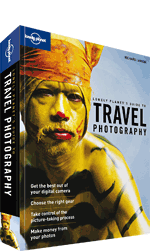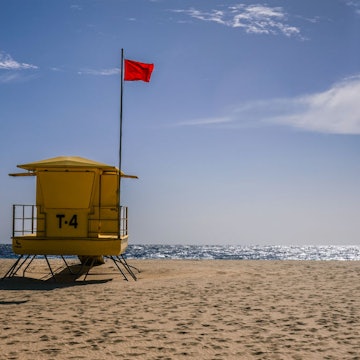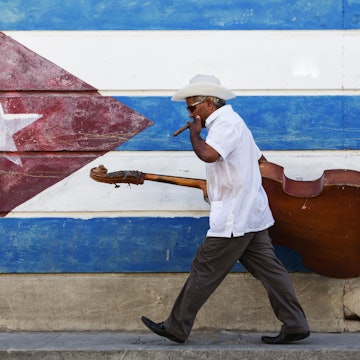

Photographing strangers can be daunting, but it needn’t be. Most people are happy to be photographed. Some photographers ask before shooting, others don’t. It’s a personal decision, often decided on a case-by-case basis.
Here are a few factors to consider when taking pictures of people.
Asking for permission
Asking permission allows you to use the ideal lens, get close enough to fill the frame, and provides the opportunity to take several shots, as well as to communicate with your subject if necessary.
It also means you know you’re not photographing someone against their wishes. Asking for permission may lead to a refusal, which can be disappointing but should be accepted with good grace. If you are refused do not assume that everyone else in the vicinity will also refuse. Of course, you should make sure there aren’t any religious or cultural reasons that discourage or prohibit photography. If in doubt, ask a local.
How to approach people
How you approach people will affect the outcome of your request for a photo. Simply smiling and holding your camera up is usually sufficient to get your intention across. You may choose to learn the phrase for asking permission in the local language, but it can be less effective than sign language (when you have to repeat the sentence 10 times to make yourself understood). Approach the person with confidence and a smile. When you get the go-ahead, shoot quickly. You’ll increase the possibility of capturing more spontaneous and natural images.
Taking control of the situation
There’s nothing more frustrating than seeing someone you think would make a great photograph, only for them to change position when they realise you want to photograph them. Don’t be afraid to take control of the situation and ask the person to look at you, or away, or at what they’re doing. Demonstrate the pose you want by doing it yourself. If your subject is wearing a hat in a sunny location half of their face will be in heavy shadow; ask them to look up slightly or to push the hat back a bit.
Helping your subject relax
If people stiffen up in front of the camera, it’s up to you to get them to relax. Take one frame however they have posed themselves, then wait or talk to them before trying again. Remember, you’re aiming to take a beautiful shot of someone and they’ll not only understand but be delighted when they see how good they look on the LCD screen.
The benefits of the direct approach
The direct approach of asking permission results in more satisfactory images than trying to sneak them from a distance. People will be more suspicious of your intentions and less co-operative if they spot you pointing a long lens from the shadows. You still have to be fairly close, even with a 200mm lens, to get a frame-filling portrait. It’s best to be open about what you’re doing.
If you’re hesitant, a good way to get started with portraits is to photograph people who provide goods or services to you. After a rickshaw ride, or buying something from a market stall, ask the person if you can take their photo. Very rarely will they refuse.
Saying thank you
Finally, showing your subject the results on the camera’s LCD screen is a great way to say thank you and, assuming you’ve taken a flattering photo, leave them with a positive memory of their encounter with you.
To pay or not to pay?
In popular destinations you could be asked for money in return for taking a photo. This may be considered a fair and reasonable exchange by some or a tiresome annoyance by others, or it may simply discourage you from photographing people. Ultimately you’ll have to come up with a personal response.
Certainly, don’t hand out money (or sweets, pens or anything else for that matter) if it’s not requested, but if it is be prepared to pay or walk away. From a photographer’s point of view it really comes down to how important or unique the potential image is. Agree on the price beforehand to avoid problems afterwards and make sure you’re working in the local economy, not yours. It goes without saying that bargaining is compulsory at this point.
Always have coins and small denomination notes with you in an easily accessible pocket (a different pocket from where you carry the rest of your money) so that you don’t have to pull out great wads of money, confirming not only that you are relatively rich (as if the camera hadn’t already done that) but more importantly, where you actually keep your money, making it much easier for someone who may want to relieve you of it.

Feeling emboldened by what you've learned? Continue your education with Lonely Planet's Guide to Travel Photography.













